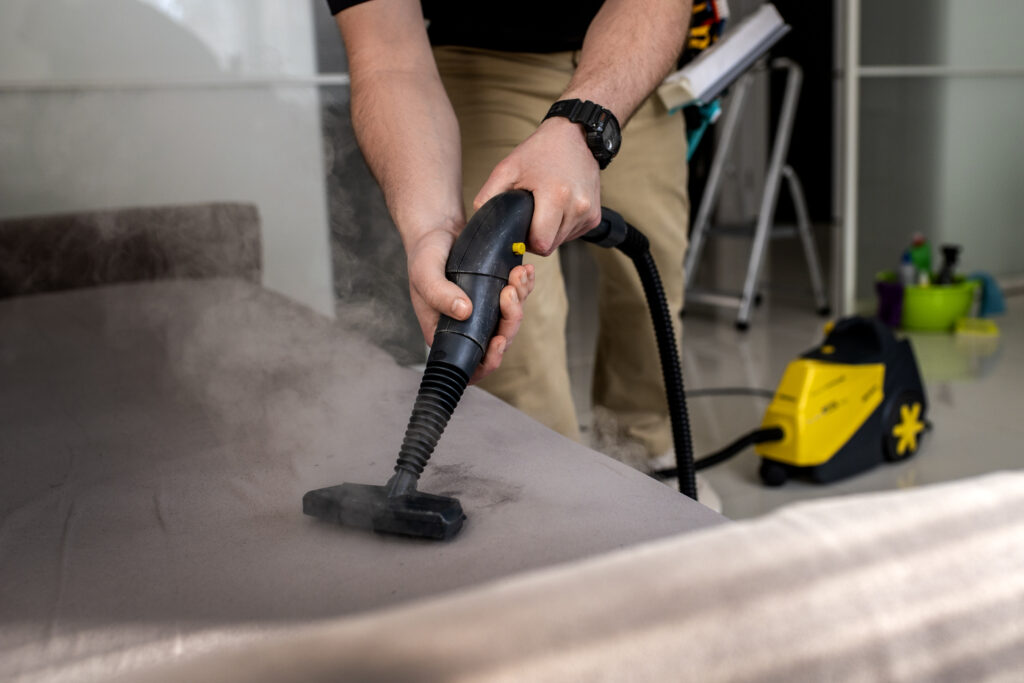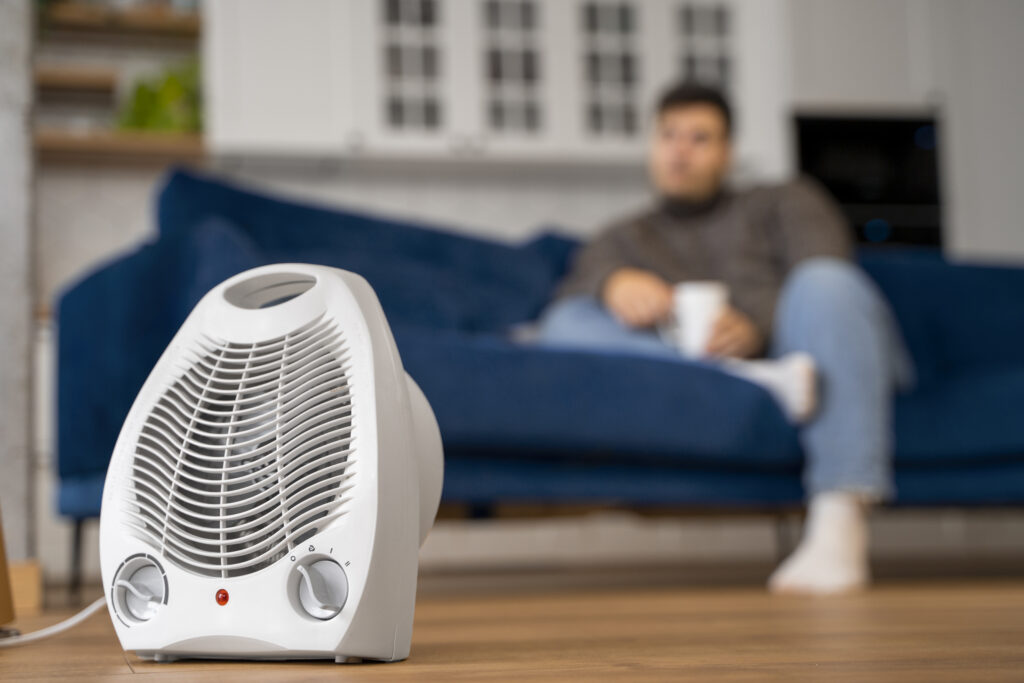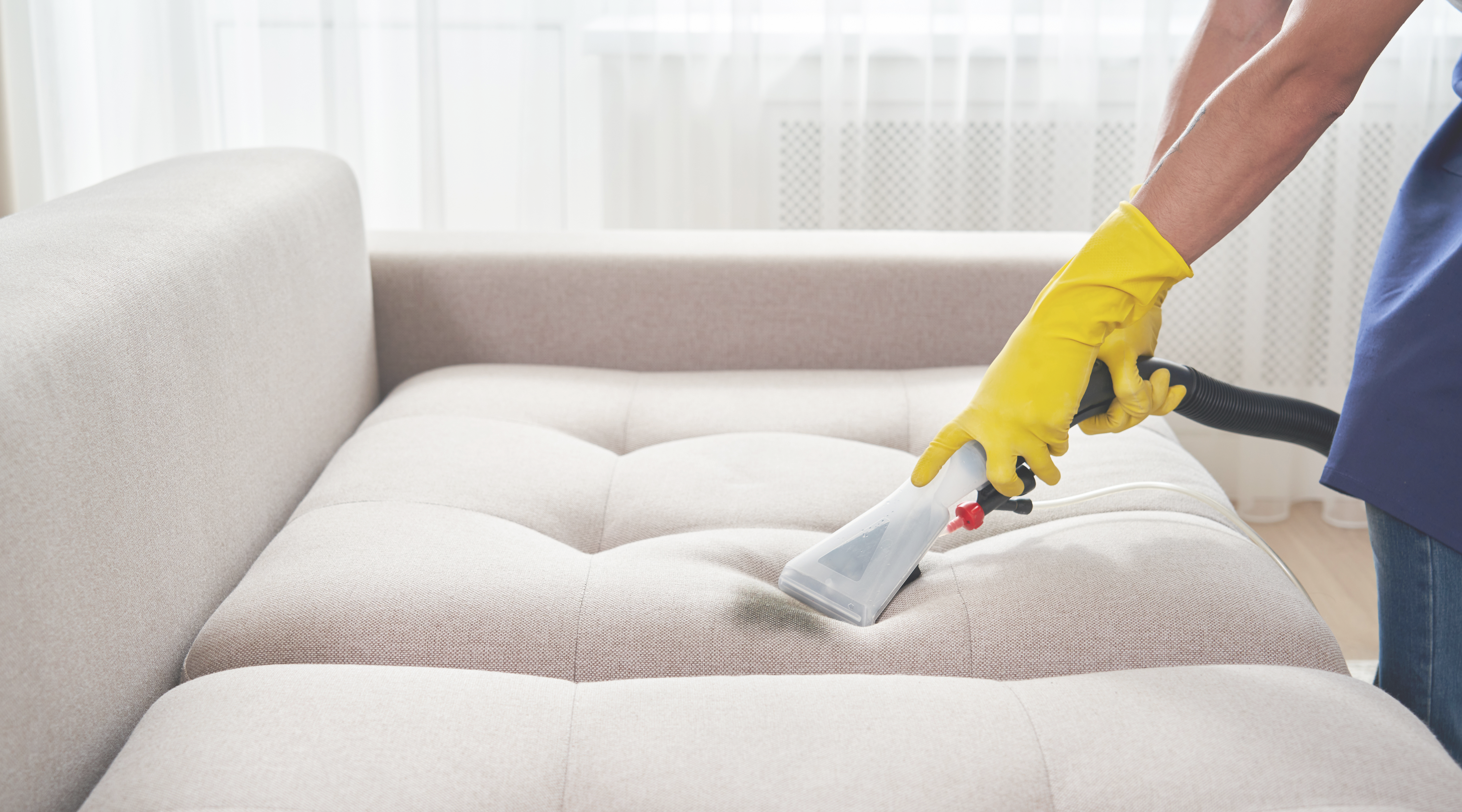When it comes to upholstery cleaning, many homeowners prefer the do-it-yourself route to save money and have control over the process. However, when dealing with sensitive fabrics, it becomes even more crucial to use the right methods and techniques. This guide will provide you with valuable insights and tips on how to effectively clean sensitive fabrics on your own. From understanding different types of sensitive fabrics to implementing proper cleaning techniques, we’ve got you covered.
Understanding Sensitive Fabrics
Sensitive fabrics come in various forms, such as silk, velvet, and linen. These fabrics require special care due to their delicate nature. Cleaning them incorrectly can lead to irreversible damage, including shrinkage, color fading, or even fabric tears. To avoid these risks, it is essential to understand the specific requirements of each fabric type before attempting any cleaning methods.
Preparing for Upholstery Cleaning
Before diving into the actual cleaning process, there are a few crucial steps to take. Gather the necessary tools and supplies, including a vacuum cleaner with upholstery attachments, dry cleaning solvents or foam cleaners, steam cleaner rentals, gentle detergent, warm water, vinegar, and microfiber cloths. Additionally, it’s vital to test your fabric for colorfastness and fabric shrinkage in an inconspicuous area. Finally, make sure to remove any loose dirt and debris from the upholstery surface before proceeding. Let’s jump into some DIY upholstery cleaning methods that you can try at home.
Dry Cleaning Methods
One option for DIY upholstery cleaning is dry cleaning. This method involves vacuuming the upholstery thoroughly using a vacuum cleaner with upholstery attachments. This step helps remove surface dirt and debris effectively. Additionally, you can utilize dry cleaning solvents or foam cleaners designed specifically for sensitive fabrics. Apply the solvent or foam to the stained areas, following the manufacturer’s instructions. Gently scrub the fabric and allow it to dry completely.

Wet Cleaning Methods
Another approach to DIY upholstery cleaning is wet cleaning. If you don’t want to invest in expensive equipment, renting a professional steam cleaner can provide excellent results. Steam cleaning uses hot water vapor to penetrate the fabric, dislodging dirt and stains. Be sure to follow the steam cleaner’s instructions carefully to prevent any damage to your sensitive fabrics.
For homemade solutions, a mixture of gentle detergent and warm water can be used. Apply the solution to a clean microfiber cloth and blot the stained area gently. Avoid excessive rubbing to prevent fabric damage. Another effective option for odor removal is a solution of vinegar and water. Mix equal parts vinegar and water, lightly spray the affected area, and blot with a clean cloth.
Spot Treatments for Stains
Stains are an unavoidable challenge when it comes to upholstery. To effectively treat stains on sensitive fabrics, it’s essential to identify the type of stain first. Different stains require different treatment methods. For example, blotting rather than rubbing is crucial to prevent spreading the stain further. Natural stain removers like baking soda or lemon juice can also be effective. Sprinkle baking soda on the stain, let it sit for a few minutes, and then carefully brush or vacuum it away.
Best Practices and Safety Precautions
Proper ventilation is crucial during upholstery cleaning to prevent the buildup of fumes or mildew. Ensure the room is well-ventilated by opening windows or using fans. Additionally, always follow manufacturer’s instructions if available, as certain fabrics may have specific cleaning requirements. Finally, to minimize potential damage and discoloration, consider testing any cleaning solutions on a small, inconspicuous area before applying them to the entire upholstery surface.

Post-Cleaning Care and Maintenance
Once you have completed the cleaning process, it’s important to dry your upholstery correctly. Excess moisture can lead to mold or mildew growth. Allow the upholstery to air dry or use a fan to speed up the process, ensuring it is thoroughly dry before using or covering it again. To restore the shape and fluffiness of the fabric, gently brush or fluff it with your hand or a clean cloth. Lastly, consider using fabric protectors to safeguard against future stains and spills.
Conclusion
In this game-changing guide, we have unraveled the secrets of DIY upholstery cleaning for sensitive fabrics. By understanding different fabric types, preparing properly, and implementing the right techniques, you can successfully clean your upholstery at home without risking damage. Remember to follow our tips and recommendations, and enjoy fresh, clean upholstery that will make your home shine.


